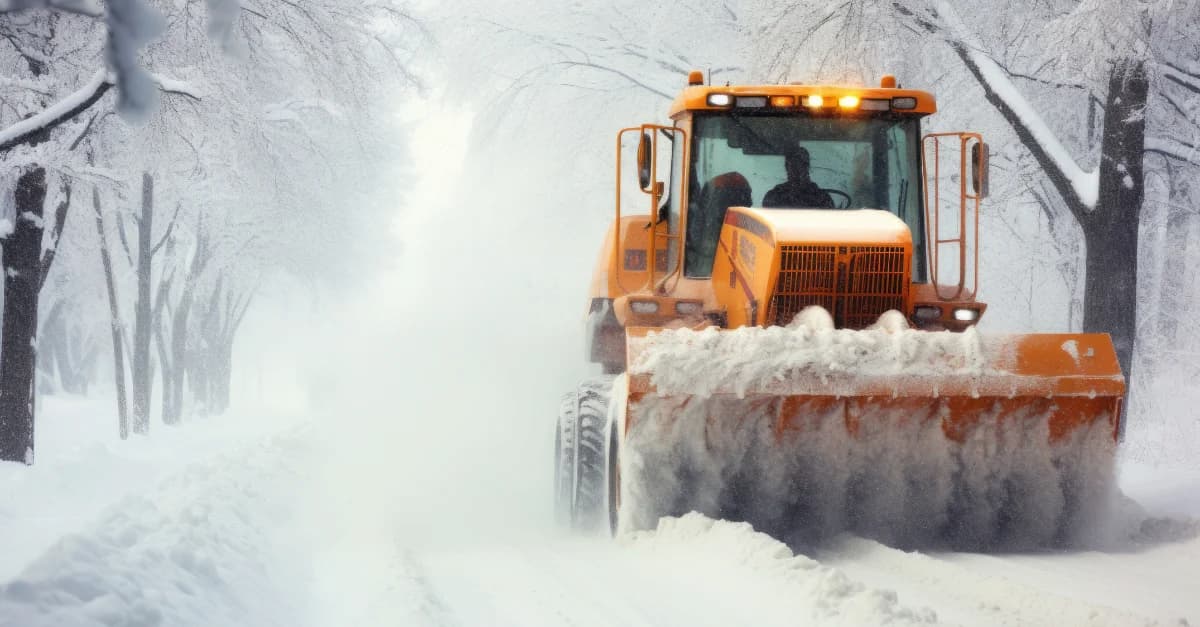The winter season brings with it a unique set of challenges for workers in the great outdoors. The biting cold, slippery roads, and unpredictable weather can create a recipe for disaster, leading to preventable accidents like vehicle crashes, illnesses, and on-the-job injuries. To stay safe and navigate winter weather with ease, follow these guidelines below.
Stay Informed
Winter weather means winter storms! Monitor weather conditions, plan travel beforehand, and stay indoors if possible. Know the difference between warning and advisory alerts:
- Warning alerts are issued 24 hours in advance when blizzards, heavy snow or sleet, and freezing rain hazards are imminent.
- Advisory alerts are issued when the buildup of snow, freezing rain or drizzle, and sleet may disrupt businesses and traffic flow.
Drive Cautiously
Avoid traveling when advisory alerts are issued. If you’re driving in a storm and visibility is poor, turn on your flashing hazard lights and pull over. During regular snowfall, drive slowly and stay alert for road condition changes, such as black ice—transparent and hard to spot but potentially present if the road is glossy or cars are swerving.
Protect Yourself Outdoors
When outside, remain vigilant for icy and cold hazards, which can cause injuries or illnesses. Make sure to:
- Watch out for ice above your head. Icicles can form around roof lines and potentially break off.
- Wear gloves, mittens, hat, waterproof boots, and layered wind-resistant clothing to stay warm.
- When possible, limit exposure to cold temperatures by moving work inside.
- Plan jobs during the warmest parts of the day and take breaks indoors.
- Cold stress symptoms, such as loss of mobility, confusion, numbness, and blisters may lead to hypothermia, frostbite, and trench foot if not treated. Move to a warmer area and call 911 if symptoms worsen.

